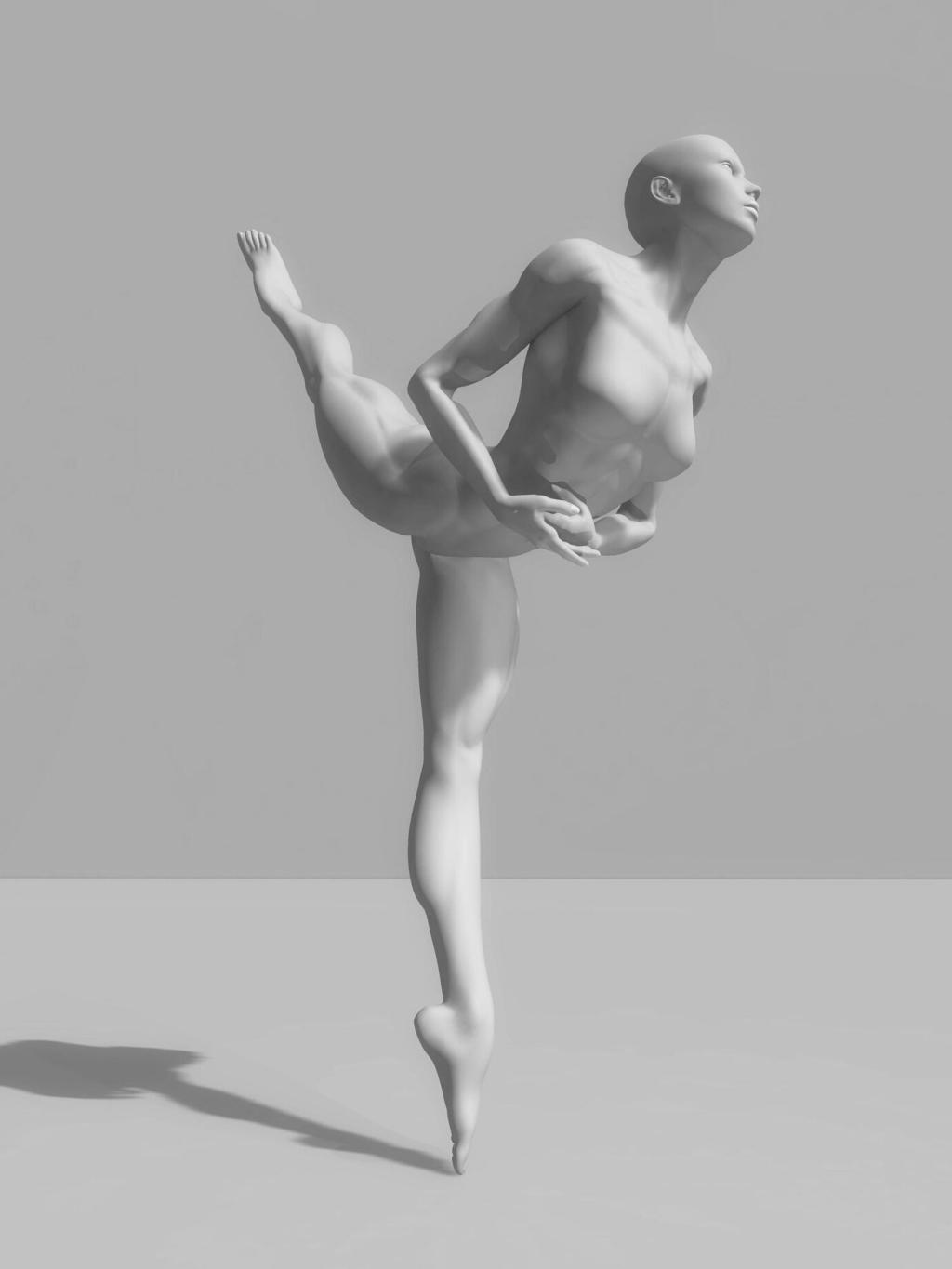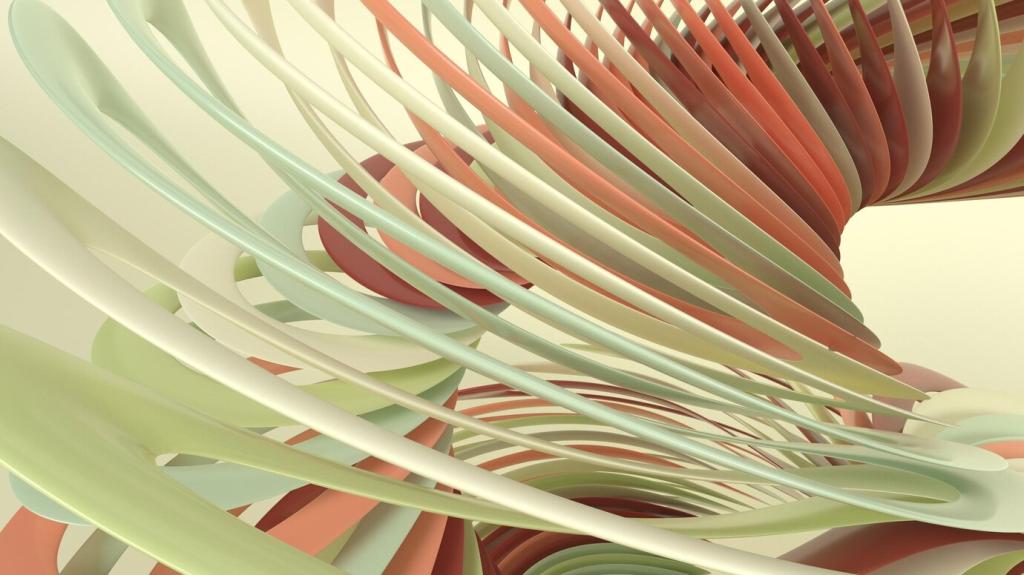Breathe Nature Indoors: Biophilic Design Elements
Selected theme: Biophilic Design Elements. Step into a living, sensory home where light, materials, plants, water, and pattern reconnect you to nature. Share your favorite natural touchpoints and subscribe for fresh, seasonal biophilic inspiration.
The Science That Grounds Biophilic Design
Multiple studies show that exposure to nature lowers cortisol, heart rate, and perceived stress. Biophilic Design Elements harness this by weaving greenery, daylight, and organic patterns into everyday paths, creating calmer routines and clearer thinking.
The Science That Grounds Biophilic Design
Healthcare rooms with views of trees accelerate recovery; classrooms with daylight boost memory. Bring that proven logic home: a leafy sightline from your desk can reduce eye strain, support breaks, and gently cue deeper concentration.
The Science That Grounds Biophilic Design
Track what you can: daylight hours, indoor air quality, acoustic comfort, and plant vitality. Small, measurable changes—like morning light at your workspace—compound into noticeable mood improvements and more sustainable daily habits.
Natural Light and Shadow Play

Daylight Mapping
Walk your home at sunrise, noon, and late afternoon. Note where sunlight lands, lingers, and misses. Place reading nooks, tables, and plants in these paths to anchor routines in shifting, life-giving daylight.

Circadian-Friendly Lighting
Layer warm, low-intensity light in the evening and cooler, brighter light for morning tasks. Biophilic Design Elements respect your internal clock, supporting sleep, alertness, and a comforting sense of natural daily rhythm.

Shadow Texture and Depth
Use slatted screens, linen shades, and leafy silhouettes to paint subtle moving shadows. This gentle complexity invites curiosity, reduces visual monotony, and transforms static rooms into living, time-marked environments.
Choose oil-rubbed wood, limewashed walls, and soapstone counters that age gracefully. The evolving surface becomes a personal history, a tactile reminder that your home is alive and worth tending.


Water, Sound, and Subtle Movement
Introduce a quiet tabletop fountain near porous surfaces like wool or cork to soften reflections. The gentle burble masks harsh noise, signaling rest while inviting longer, slower breaths.
Water, Sound, and Subtle Movement
Plants clustered near a water source create slightly cooler, more humid microclimates. This subtle shift refreshes skin and breath, especially in dry seasons, and supports a healthy indoor ecosystem.



Fractal Comfort Zones
Incorporate patterns with mid-range complexity—think botanical prints, marbled stone, or woven cane. These fractal cues mirror nature’s structure, satisfying our brains without overwhelming attention or increasing visual stress.

Prospect–Refuge at Home
Pair a cozy, backed seat (refuge) with a clear outward view (prospect). A reading chair facing a windowed garden offers shelter and horizon, encouraging longer, more restorative pauses.

Mystery and Discovery
Create gentle curiosity with partial screens, curved paths, or plants obscuring corners. The promise of discovery invites movement, turning everyday transitions into small, delightful explorations of space.
Maya moved her desk to capture ten minutes of sunrise. Within a week, she noticed fewer afternoon slumps and started journaling beside a fern that loved the same soft glow.
